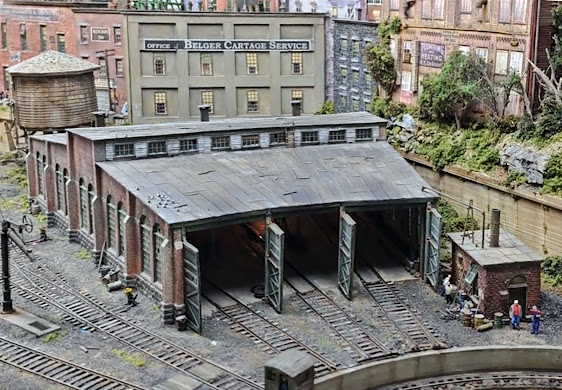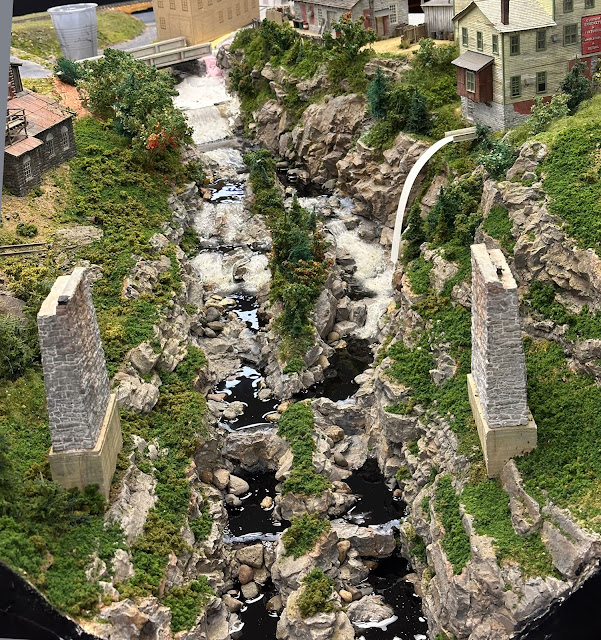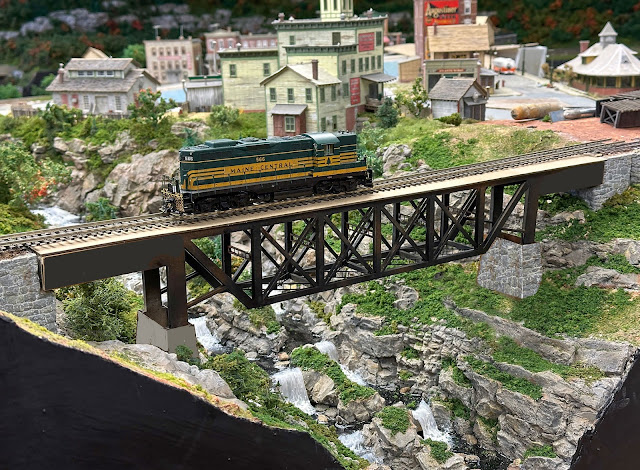At the beginning of the week I was putting the final touches on an article I’ve been working on for RMC for the better part of a year… simultaneously the 2026 edition of GREAT MODEL RAILROADS arrives in the mail. Inside and starting on page 44 is an article about my South River and Millville railroad. Nicely written and by my friend, Lou Sassi. Lots more excellent articles in a magazine that is nicely produced by the staff. Get one and check it out!
This article was written and shot over a year ago & in that time I've mad - the track plan is the same, but a lot of changes in the peninsula that houses Millville. Lots of changes including many new buildings ...
• I tore up the river & started over from scratch & replacing the Central Valley bridge with my own design. This can be seen on my Flickr site
• The prototype for Robinson's was replaced with the one from the first build/show diorama. This can also be seen on my Flickr site...however, looking past that to the rest of Millville, suffice to say I have been very busy.
...summing up with a quick overview - I just took some overhead shots of Millville, which are below. Maybe you can see that with the exception of the track, I tore up everything. Moving forward, I set up the area so that future aimed at finishing Millville could be done on my workbench with two removable sections. You can see these in photos - in place and removed.
Today/tomorrow I make my submission for 2016 RMC. No publication date yet, but I will try and do some shots that don't preempt the article and post them now & then.


























































